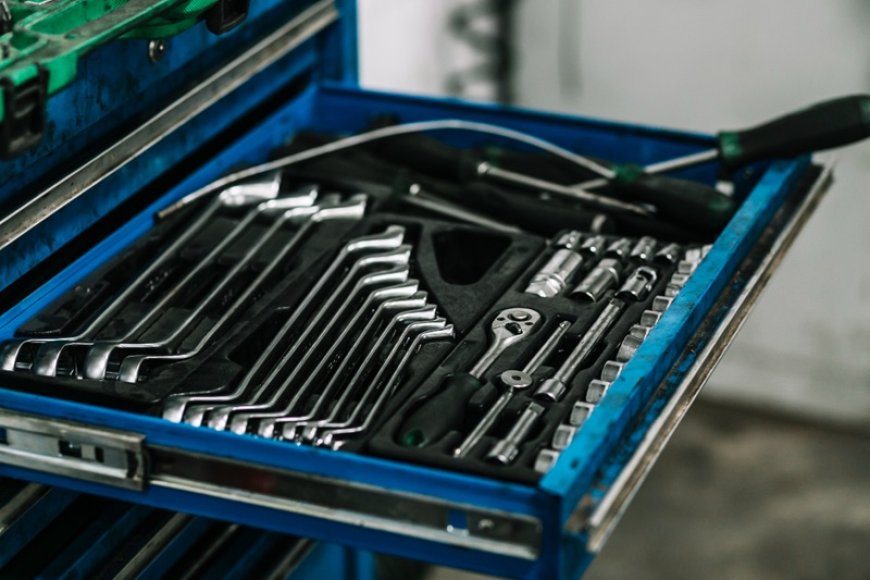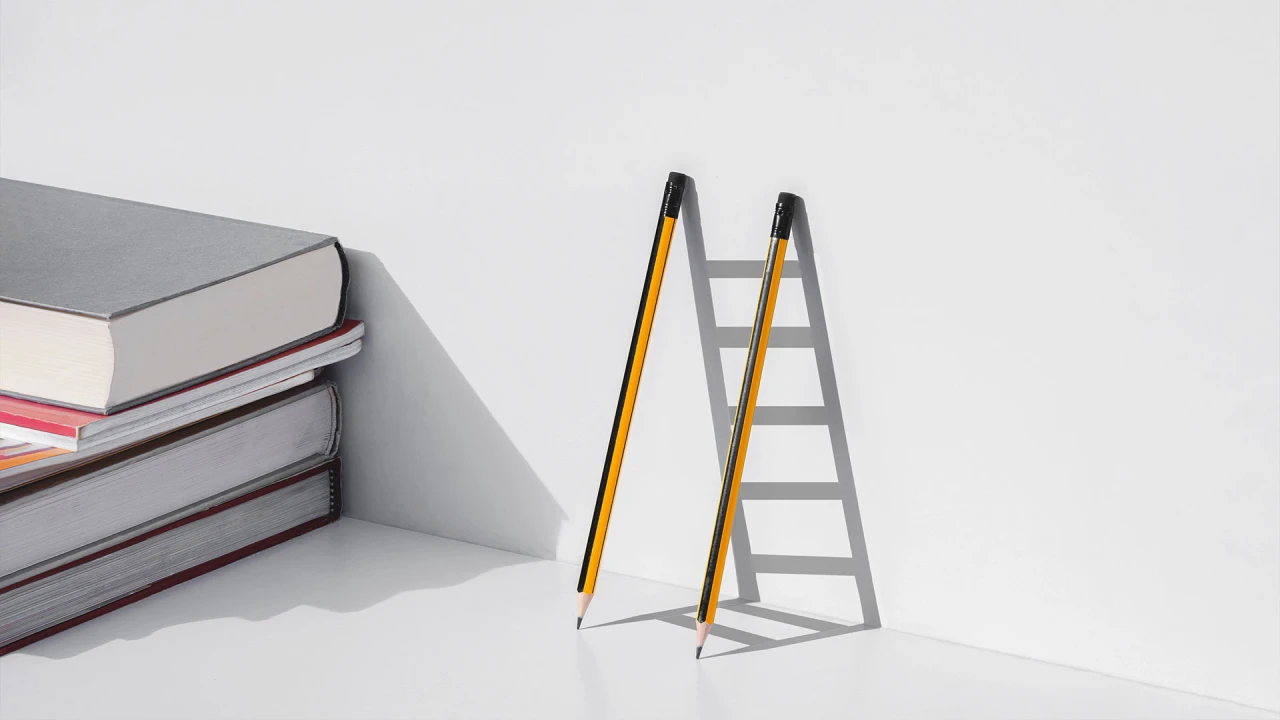How to Choose the Right Aircraft Tools for Your Hangar or Workshop?
let’s jump right in and discover how to choose the right aircraft tools that make working on your plane a joy rather than a chore.

Have you ever found yourself in the middle of a crucial aircraft repair job only to realise you don’t have the right spanner or aviation hand tools? Do you sometimes wonder which items on an aviation mechanic's tool list are truly essential for your workshop? If you’ve nodded your head, you’re not alone. Many aircraft enthusiasts, maintenance teams, and small-scale aviation businesses find it challenging to choose the perfect set of tools that balances quality, functionality, and budget.
In this post, we’ll tackle the core elements of selecting aircraft tools for your hangar or workshop and answer common queries regarding aviation maintenance equipment. From assessing aircraft hangar requirements to building a solid aviation tools list, we aim to help you feel more confident about your tool choices. Whether you’re a seasoned aviation technician or just starting to gather the basics, there’s always something fresh to learn about improving your maintenance hangar setup.
By the time you’ve finished reading, you’ll know how to evaluate your hangar’s needs, identify essential tools, and plan for future expansions or hangar construction. Plus, we’ll touch on how to keep your workshop safe and efficient for the long run. So, let’s jump right in and discover how to choose the right aircraft tools that make working on your plane a joy rather than a chore.
 aircraft tools
aircraft tools
Why the Right Aircraft Tools Matter?
Aircraft maintenance is about precision, safety, and compliance. In many ways, the tools in your aviation workshop can determine how smoothly or painstakingly a repair session runs. When you work with quality aircraft tools, you reduce the chance of errors and save yourself from potential frustration. It’s not just about having a brand-new wrench set on display. Instead, it’s about ensuring every job is carried out smoothly and in line with aviation safety standards.
Essential Aviation Tools & Equipment:
Your workshop will likely feature a broad spectrum of aviation tools, from basic hand wrenches to state-of-the-art diagnostic systems. For everyday tasks, sturdy aviation hand tools like spanners, ratchets, and screwdrivers form the backbone of any collection. High-quality metric and imperial sets are indispensable if you’re dealing with diverse aircraft models. Meanwhile, power tools like drills, angle grinders, and rivet guns can significantly improve productivity when handling larger repairs or structural tasks.
Beyond the typical spanners and screwdrivers, specialised aviation tools are vital for precise jobs. For instance, safety wire pliers are a staple in any aviation maintenance toolset, especially for ensuring critical fasteners remain locked in place. Torque wrenches are equally important for applying the correct pressure on bolts and screws. Inaccurate torque can lead to undersized or overstressed connections, which can be catastrophic in an aircraft environment.
Additionally, test and inspection equipment should never be overlooked. This might range from borescopes for internal inspections to multimeters for checking electrical connections. If you’re involved in sheet metal work, you’ll likely need air-driven rivet squeezers and countersinks to achieve smooth finishes and secure joins. While you don’t have to buy every gadget in the aviation tools list immediately, it’s smart to invest in items that you’ll use most frequently and build from there. It’s all about balancing practicality, cost, and safety considerations in your aircraft maintenance hangar design.
Common Questions About Aircraft Maintenance Tools:
Many people wonder why they can’t just use general household or automotive gear. Aviation tools are often designed with tighter tolerances, lighter materials, and extra durability. Aircraft components might require very specific specs to function safely. For instance, an everyday wrench might struggle with the unique metals used in aircraft frames. Using the wrong tools can lead to stripped fasteners or compromised parts, which is the last thing anyone wants mid-flight.
 aircraft tools
aircraft tools
Do I need brand-new tools for my maintenance hangar?
Not necessarily. Although a fresh set of aviation hand tools is brilliant to work with, you can indeed source reliable used equipment. The key is to check each item’s condition, ensuring it hasn’t been worn down or badly repaired. A used rivet gun from a trusted maintenance facility might perform just as well as a new one at a fraction of the cost.
Which tools should I prioritise for safety inspections?
Safety inspections usually require precise measuring and detection instruments. Top items might include borescopes for internal checks, torque wrenches for verifying fastener tension, and multimeters for electrical systems. Furthermore, safety wire pliers and wire spools play a big part when performing flight-critical fastenings. Identifying these priorities will make your inspection routine run more smoothly and reduce the chances of minor issues escalating into major headaches.
Planning for the Future: Hangar Construction & Expansion
When you first set up a maintenance hangar, it’s easy to focus only on immediate needs. However, keeping an eye on the future ensures you don’t box yourself into a corner later. If you have plans for hangar construction or a significant renovation, consider how that expansion could affect your tool collection. You might suddenly have space for a scissor lift or more advanced diagnostic systems. Designing your floor plan with potential growth in mind will make expansions easier down the track.
If you’re aiming for a brand-new aircraft maintenance hangar design, incorporate separate zones for different tasks like engine work, painting, and sheet metal repair. This setup helps manage workflow more efficiently and keeps contaminants, say, from painting or chemical stripping away from sensitive avionics or mechanical areas. In Australia’s climate, you might also consider open-sided shelters or advanced ventilation systems that help manage heat and dust while still keeping aircraft protected from the elements.
As you plan expansions, also think about staff and training. Having more sophisticated gear is pointless if nobody knows how to use it properly. By budgeting for training courses—whether they’re online modules, in-house sessions, or external workshops—you’ll make the most of any new aviation tools you acquire. Plus, well-trained mechanics who know their way around advanced equipment boost your hangar’s credibility and may attract new clients if you run a commercial outfit.
 aircraft tools
aircraft tools
Conclusion:
Summing up, building the right set of aircraft tools for your workshop requires a blend of careful planning, thorough knowledge, and a dash of forward thinking. From assessing your current hangar equipment and space constraints to understanding the ins and outs of an aviation mechanic's tool list, each step can bring you closer to running a dependable, safe, and efficient hangar. Whether you’re taking care of small piston-engine planes or handling larger turbines, placing value on good-quality aviation tools will pay off through reliable performance and fewer hiccups during repairs.

















































































































![Are AI Chatbots Replacing Search Engines? AI vs Google [New Research]](https://www.orbitmedia.com/wp-content/uploads/2025/05/How-often-are-we-using-AI-chatbots_.webp)

































